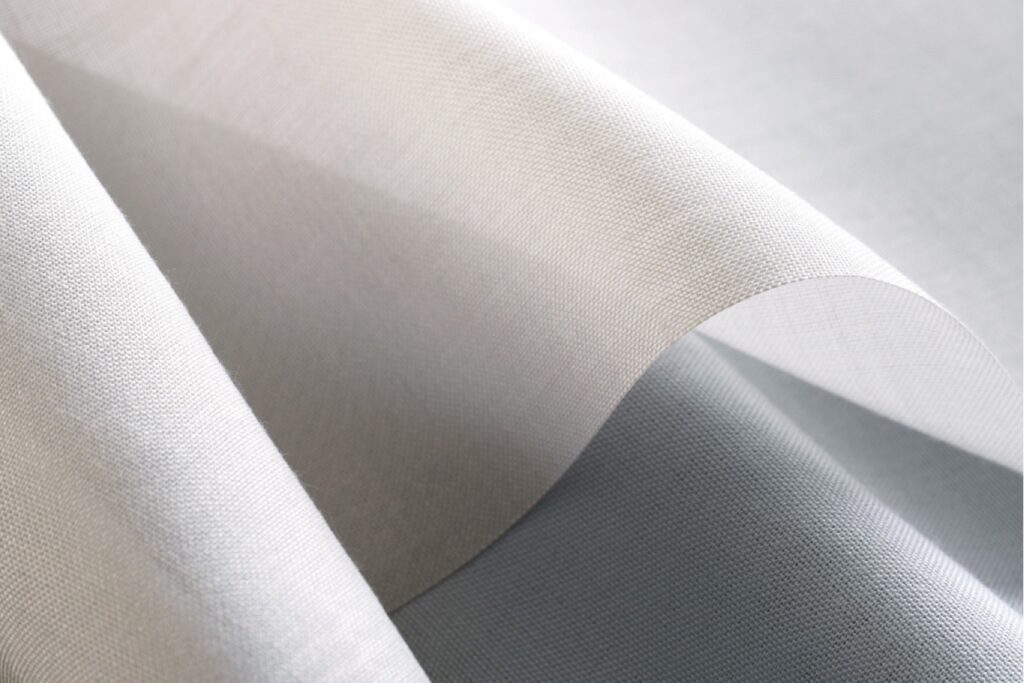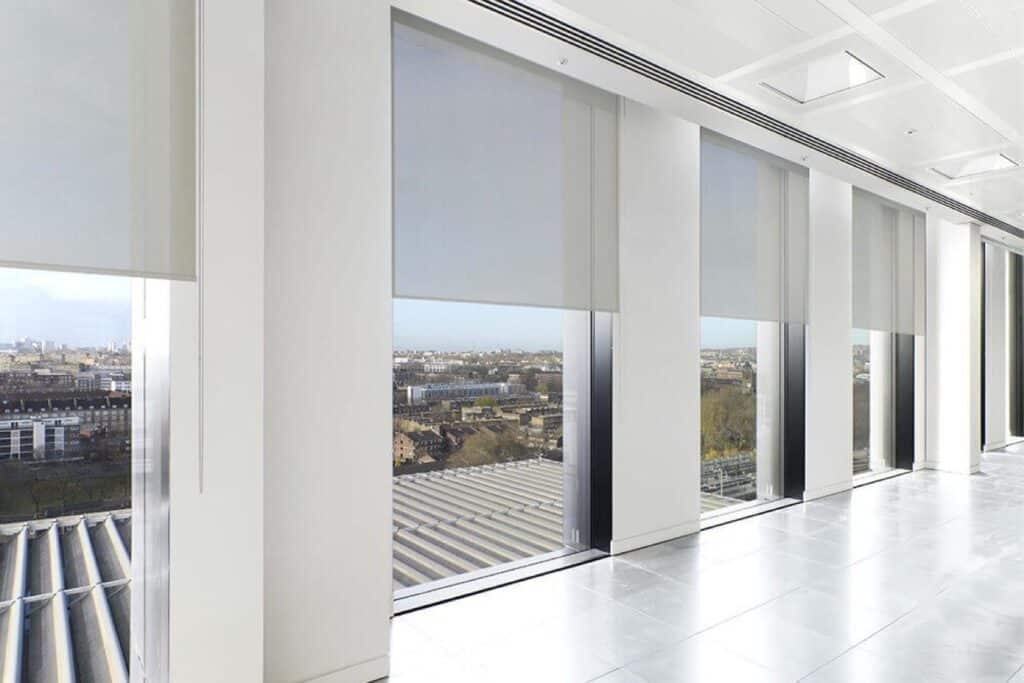
What are the best sustainable blind fabrics?
Whether you’re managing a commercial refurbishment project or replacing blinds in a residential setting, it is important to choose high-quality, sustainable blind fabrics that are both functional and aesthetic. Blinds not only help to keep light out of a room and help control temperatures, but they can also add privacy and a stylish touch to any environment.
Unlike curtains, they give a user greater control over the amount of light entering a room and are often more efficient at creating darker spaces with minimal intrusion. In addition to the quality and appearance of blinds, the sustainability of the fabric used is increasingly another important consideration.
Sustainable blind fabrics can help to not only increase the eco-friendliness of a interior design project but can also help to make long-term financial savings. There is more pressure than ever for businesses to go greener and homeowners are also discovering the benefits of making stronger eco-friendly choices in their homes.
In this guide, we discuss the best sustainable fabrics for blinds and analyse what impact sustainable blinds can have. If you have any questions about sustainable blind fabrics, continue reading below for answers.
What constitutes sustainability?
The term sustainable is thrown around a lot these days, but many are unsure what its actual definition is. Sustainability is widely agreed to mean avoiding the depletion of nature’s resources in order to build and maintain an ecological balance. When considering the sustainability of blinds, there are two main criteria that must be considered. Firstly, how sustainable are the materials used within the product and secondly, how energy efficient is the fabric. For example, if the fabric used to create the blinds can be used to save energy, it improves the sustainability of the blinds.
Sustainable materials for blinds
For a fabric to be considered sustainable, it should be made with the lowest carbon footprint possible. This could be achieved, for example, by using fabric created from recycled material or by avoiding materials such as PVC which require a significant amount of energy to create. The ability to reuse the fabric in the future as well is another factor to add in.
High-performance sustainable blind fabrics
If the fabric used to create blinds is able to aid with temperature and light control, so much so that it reduces air conditioning or lighting needs, it can be considered a high-performance sustainable fabric. There are features that can improve a fabrics energy efficiency performance, for example, the it can have a metallised backing to reflect sunlight and reduce heat gain. This will not only reduce the energy consumption of a business or home, but it will also lower energy bills, helping them to make significant savings.
Examples of sustainable fabric products
Below we outline two of the most popular sustainable blind fabrics which can be used to create environmentally friendly blinds.
1. BetaScreen 500
BetaScreen500 is a sustainable material that boasts a Cradle to Cradle certification which is awarded to brands who are committed to creating a circular economy. The material is created with 100% recyclable material and is PVC-free, meaning no energy is required to create new elements of the material and it utilises what is already available.
2. Verosol EnviroScreen
Verosol EnviroScreen can be considered both a high-performance and sustainable product. It is certified by Greengard, LEED, BREEAM, Greenstar and OEKO-TEX and has received industry recognition for its commitment to sustainability. Like BetaScreen 200, Verosol EnviroScreen is PVC-free and manufactured from sustainable materials. In addition to its eco-friendly manufacturing process, it boasts features such as a metallised backing, the same as found in Verosol SilverScreen, which ensures it delivers high-performance and reduces energy bills in a building due to its heat-control properties.
In conclusion, there are many benefits to choosing sustainable blinds, such as increasing your eco-consciousness and raising the energy efficiency of spaces. In order to truly make a sustainable impact, the material should both be created from sustainable sources and also offer a high-performance that will reduce energy bills.
Our team would be happy to discuss your sustainability, quality and aesthetic requirements and can recommend the right fabric for your project. Get in touch today to find out more.

